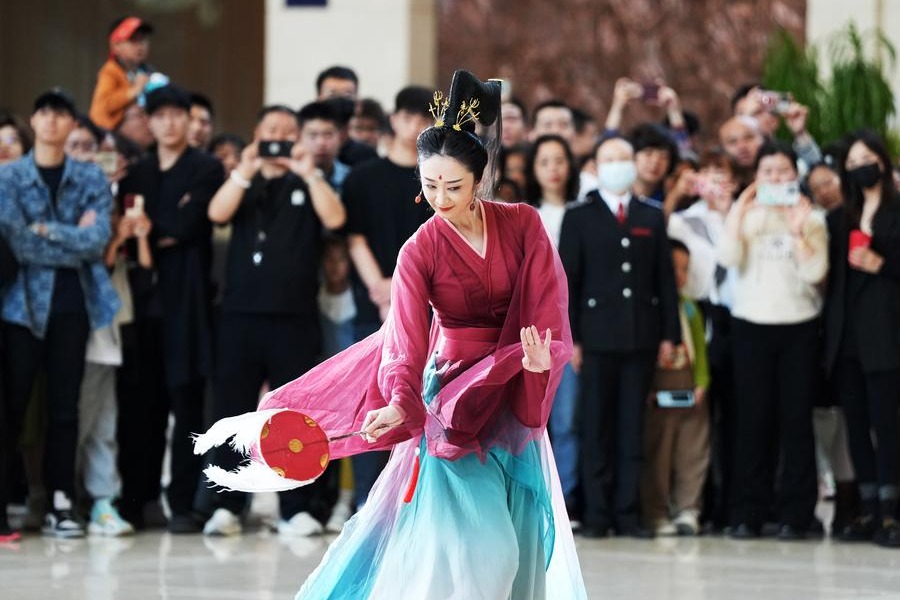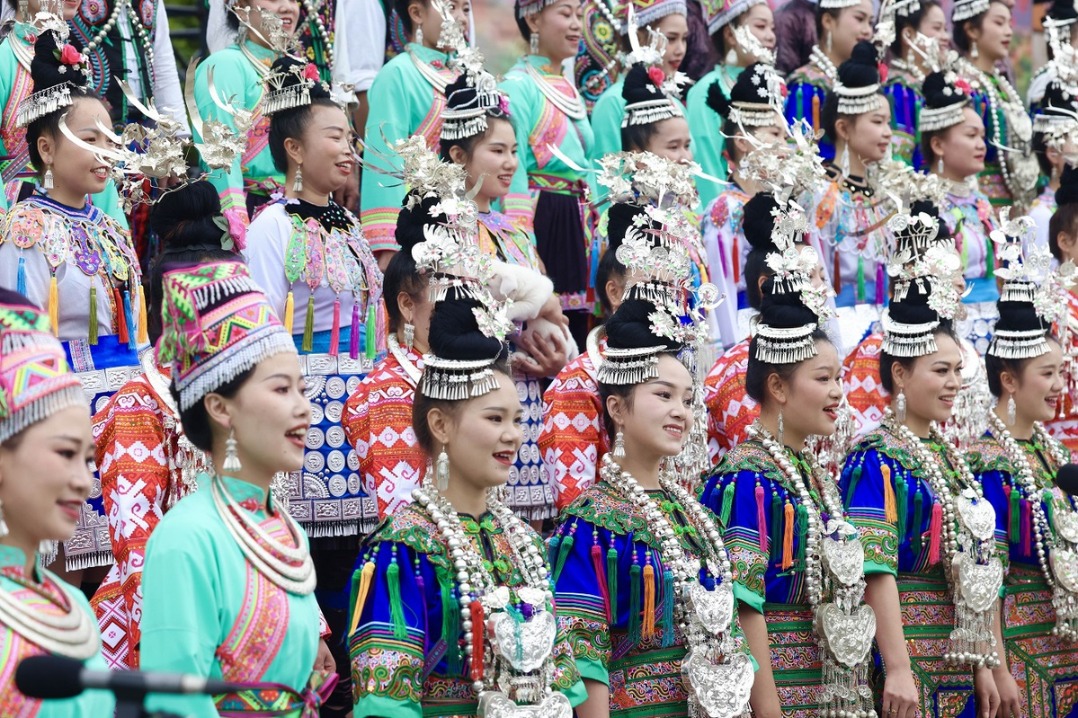Ranger's high life keeps nature safe
A warden in an isolated part of South China recalls the challenges he has overcome during his nearly three-decade career. Chen Liang reports from Jinxiu county, Guangxi Zhuang autonomous region.


Poaching plague
Between 1995 and 2018, the rangers' major challenge was a poaching craze centered on Podocarpus macrophyllus, aka the Buddhist pine or the Chinese yew tree.
The pine, native to the mountainous areas of China and Japan, is an evergreen conifer that typically grows as a narrow, conical tree. Because of the beautiful shapes it can assume, the tree is often used to decorate gardens and create bonsai displays.
Small-leaved Buddhist pines, found in the mountainous areas of Guangxi and the provinces of Guangdong and Hainan, are difficult to cultivate in artificial environments.
However, they used to be common in certain areas and were not even mentioned on the national list of protected plants, said Tan Haiming, deputy director of administration at the reserve.
"Because of intensive poaching in the 1980s, they (the trees) disappeared from the wild in many areas. But there were still more than 10,000 Buddhist pines growing on Shengtang Mountain, and many of them were hundreds of years old and had grown into beautiful shapes. So, they became tantalizing targets for poachers," he said.
Initially, buyers often came from neighboring Guangdong. They made contact with local traders, who hired villagers to steal the trees.
"A small-leaved Buddhist pine with a good shape was priced as high as 100,000 yuan on the market," said Qin Kun, an administration official.
"Traders paid local villagers 1,000 yuan a day to help steal a chosen tree. That was a huge sum for the people. The surge in demand drove a poaching craze."
Shengtang Mountain has an elevation of 1,970 meters above sea level, and Su's patrol station was located at 1,200 meters. To guard the pine trees, he, his colleagues and forestry police officers sometimes had to patrol the area 24 hours a day, walking up and down the mountain two or three times. "It was exhausting," Su said.
The poachers even hired people to watch the rangers' movements and sent threatening messages to try to scare them away.
"It became a kind of cat-and-mouse game," Tan said. "The pine was not a protected species. Even though we caught the poachers sometimes, we couldn't bring them to justice."
In 2013, after Su and his colleagues' efforts had brought the craze under control in Shengtang, he was transferred to another patrol station 100 km from the county seat to help fight poaching there. He stayed four years and returned to Shengtang Mountain when the second poaching craze died down in 2018.
According to Qin, the rangers experienced the ebb and flow of the poaching craze during those years. At first, the surging demand came from Guangdong, but it seemed to subside for a few years.
Then, it soared again, with the main focus shifting to the eastern provinces of Zhejiang and Jiangsu.
"In addition to our rangers' efforts, it is likely that the difficulty of keeping the pine trees alive in artificial environments has finally cooled the market," Qin said.
























